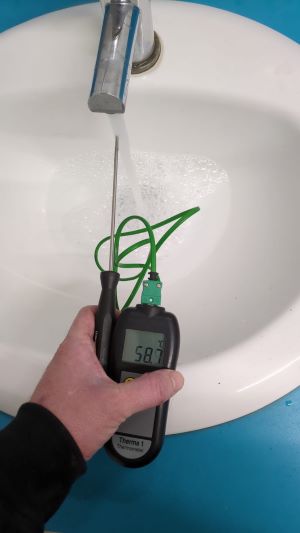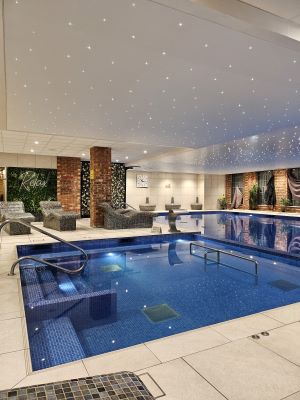Keeping Legionella at Bay: A Summer Holiday Guide for Caretakers & Building Owners
When buildings are left unused for weeks or even months over the summer holidays, the risk of Legionella bacteria growth in water systems can increase significantly. Schools, colleges, universities, and sports clubs are especially vulnerable due to their extended closure periods, complex pipework, and varying water usage patterns.
Failing to manage this risk doesn’t just breach regulations — it can have serious health consequences, including outbreaks of Legionnaires’ disease.
Why Legionella Risk Increases in Unused Buildings

Legionella bacteria thrive in stagnant water at temperatures between 20–45°C. Over the summer:
- Water can sit in pipes and tanks without movement.
- Warm weather can push water temperatures into the “danger zone.”
- Facilities may reduce or stop maintenance routines.
- Older plumbing systems with dead-legs or infrequently used outlets make things worse.
Legal Duties
Under UK law, building owners and duty holders must comply with the Health & Safety Executive’s ACOP L8 and HSG274 guidance, which require:
- A Legionella risk assessment
- An ongoing written scheme of control
- Regular monitoring and maintenance
Even if a building is not in regular use, these obligations remain.
Summer Holiday Legionella Control Checklist
1. Maintain Regular Water Movement
- Flush all outlets (taps, showers, hose points) at least once a week during closure.
- Include little-used outlets — these are high risk.
- Ensure flushing is thorough, with hot water reaching 50°C+ and cold water below 20°C.
2. Temperature Checks

- Record temperatures at sentinel points (furthest hot and cold taps) weekly.
- Investigate and rectify if readings are outside safe ranges.
3. Hot Water Systems
- Keep hot water storage at 60°C+ at all times.
- Ensure circulating loops maintain at least 50°C at outlets.
4. Cold Water Systems
- Cold water should be stored and distributed at below 20°C.
- Inspect tanks for cleanliness, damage, and insulation.
5. Showerheads & Spray Outlets
- Clean, descale, and disinfect before re-use.
- Pay extra attention in sports clubs and leisure facilities.
6. Swimming Pools & Sports Facilities

- Maintain chemical dosing and circulation even during closure.
- Test water quality as per Pool Water Treatment Advisory Group (PWTAG) guidelines.
7. Record Keeping
- Keep detailed logs of all flushing, temperature checks, and maintenance actions.
- This protects you legally and shows due diligence.
8. Pre-Reopening Actions
- Consider a full system flush and disinfection before reopening.
- Sample water for Legionella in higher-risk settings.
Practical Tips for Caretakers
- Schedule weekly flushing routes — use a checklist so nothing is missed.
- Assign a deputy if you are away to ensure consistency.
- Don’t forget external taps, kitchenettes, and maintenance areas.
- If unsure about your system’s safety, contact a competent water hygiene specialist.
Legionella compliance is not just a summer chore — it’s a year-round legal requirement. By taking simple, regular actions during the summer break, you’ll protect the health of staff, students, visitors, and the wider community, while avoiding costly legal consequences.
Need help with your Legionella management plan? Our team can review your risk assessment, train your staff, and conduct compliance checks prior to the start of term.




